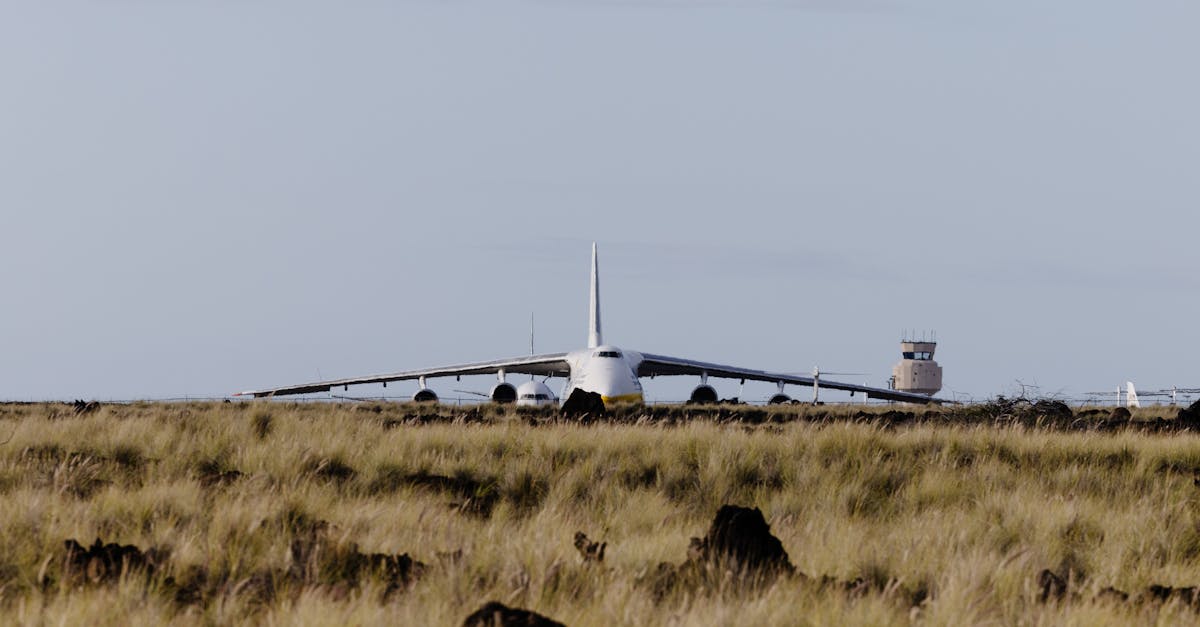The effort to restore access to the Pohoiki Boat Ramp, a vital resource for local boaters and the tourism industry, has hit another snag. Despite a $9 million dredging project, the entrance channel has quickly refilled with volcanic debris. Hawaii News Now reported on the issue, noting the disappointment of the Department of Land and Natural Resources (DLNR). The boat ramp, which was rendered unusable by the 2018 Kilauea eruption, was the subject of much anticipation after dredging began in June 2025 and was expected to be completed by November, according to Big Island Now.
The dredging project aimed to remove an estimated 42,000 cubic yards of volcanic debris. However, the channel's rapid refilling indicates the ongoing impact of volcanic activity and the challenges of managing infrastructure in this environment. This situation has significant implications for local businesses, particularly those in the tourism and hospitality sectors that rely on boat access for activities such as fishing charters, whale watching tours, and recreational boating. The repeated closures and the costs associated with the dredging efforts strain resources and create uncertainty for operators and potential investors.
This is not the first time dredging efforts at Pohoiki have been thwarted. A Facebook post from January 2025 indicated that the ramp was blocked again by sand. The DLNR had hoped to restore access, and a news release from the Governor's office highlighted the community involvement after the dredging work began. The recent failure of this project underscores the need for more resilient infrastructure solutions and a deeper understanding of the geological forces at play in the area. Local entrepreneurs and investors must carefully consider these environmental factors when making business decisions in the region. The community will likely experience ongoing disruptions until a more permanent solution is found.



